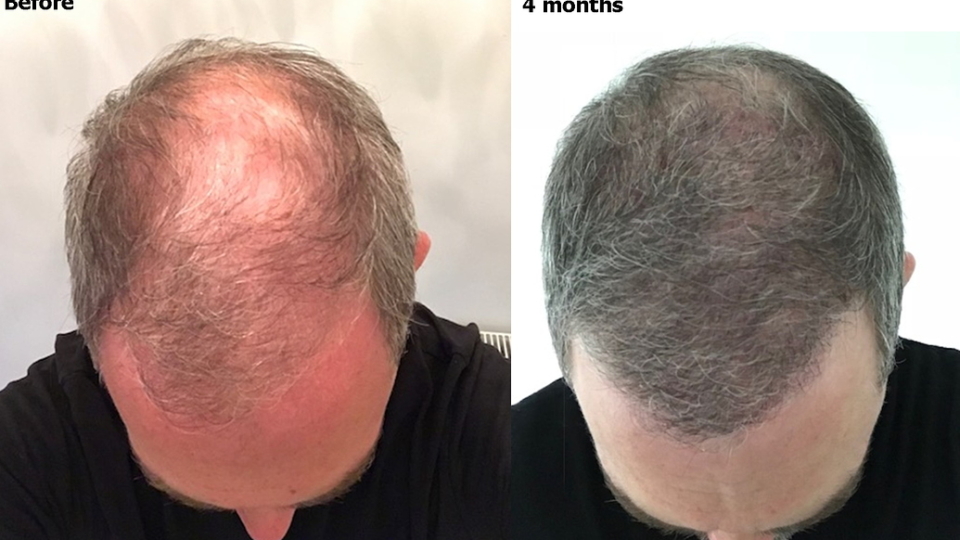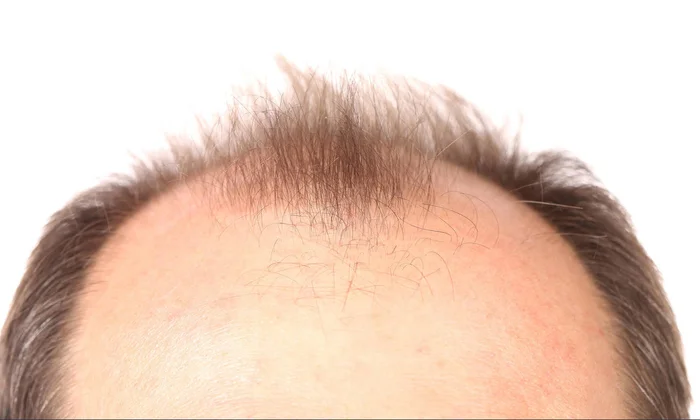
Reversing Balding: Inside the Science of PP405

Hair loss is one of the most frustrating experiences for both men and women—and the internet is flooded with supposed cures, miracle oils, and outdated treatments. But a new breakthrough compound, PP405, is creating serious buzz in the scientific and medical world for a very real reason.
So, what is PP405, how does it work, and when can we expect it to be available? Let’s break it all down.
🧬 What is PP405?
PP405 is a topical small-molecule drug developed by Pelage Pharmaceuticals, a company founded by UCLA scientists and backed by Google Ventures. The compound is designed to stimulate dormant hair follicle stem cells, essentially restarting hair growth even in areas where follicles have become inactive due to age or pattern baldness (androgenetic alopecia).
Unlike current treatments like minoxidil or finasteride, which primarily slow hair loss, PP405 aims to regenerate hair by reactivating the body’s own stem cells.
🧪 How Does It Work?
PP405 works by targeting the mitochondrial pyruvate carriers in hair follicle cells. By blocking these carriers, the treatment increases lactate production, which triggers a switch in the follicle stem cells—pushing them out of the dormant phase (telogen) into the active growth phase (anagen).
This mechanism could reboot previously “dead” follicles, a holy grail in hair loss research.
📊 Early Results (Phase 2a Clinical Trial)
In a randomized, placebo-controlled Phase 2a study:
- 31% of participants with moderate-to-severe balding showed a 20% or more increase in hair density—in just 8 weeks.
- No systemic absorption was detected, and no serious side effects were reported.
- Growth appeared not just in existing follicles, but from dormant or “inactive” ones, indicating regenerative potential.
This is significantly faster and more effective than existing medications, which often take 6–12 months to show noticeable results.
🧠 Can PP405 Reverse Graying Hair Too?
As of now, there is no verified evidence that PP405 affects melanin production or reverses gray hair. However, since graying and balding often share similar aging mechanisms at the follicle level, future research may explore how stem cell reactivation influences pigment regeneration.
So while reversing gray hair isn’t a confirmed benefit—it’s an exciting possibility on the horizon.
📅 When Can You Expect It?
- Current Status: Completed Phase 2a trials.
- Phase 3 Trials: Expected around 2026–2027.
- Public Availability: If results are successful, we may see PP405 available to consumers by 2028 or later, pending regulatory approval.
It’s not a magic potion—but it’s real science, and it’s happening.
⚠️ Things to Keep in Mind
| Consideration | Details |
|---|---|
| Safety | No adverse effects reported in current trials, but long-term safety data is still needed. |
| Access | Expect limited early access, high demand, and potential high pricing in initial years. |
| Transparency | The full chemical structure and peer-reviewed publication are still pending. |
📣 Final Thoughts
PP405 isn’t just another “hair tonic”—it could mark the beginning of a new era in regenerative medicine for hair. Backed by reputable science, early clinical results, and major investor interest, this compound may finally offer what many have only dreamed of: reactivating hair growth in balding areas, and potentially one day, reversing gray as well.
If you’re tired of ineffective shampoos and hair serums, PP405 is the one name you’ll want to keep an eye on in the coming years.














Leave a Reply